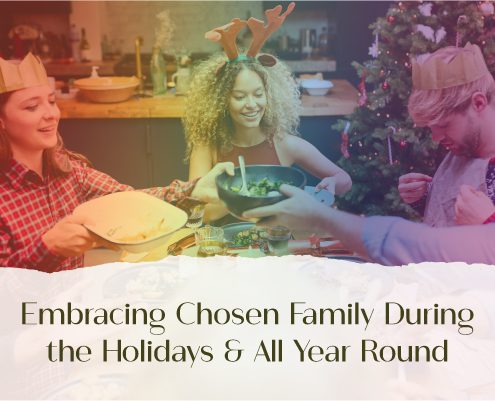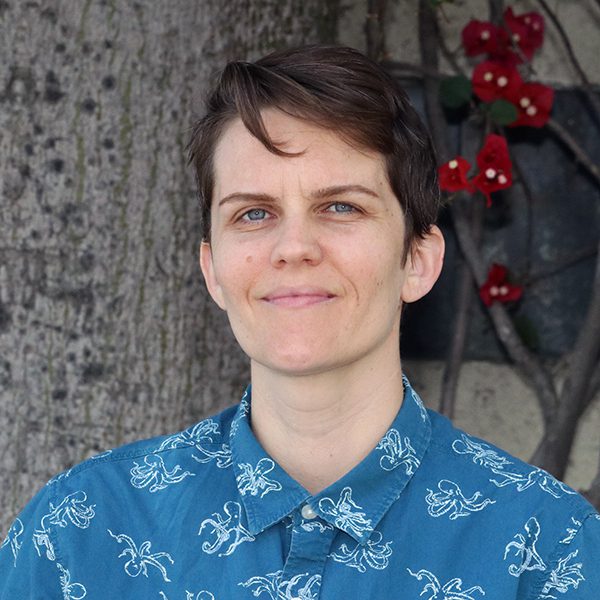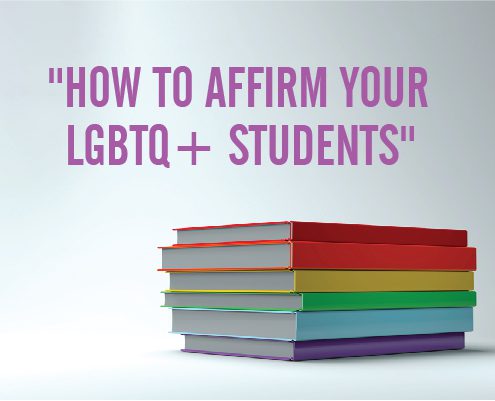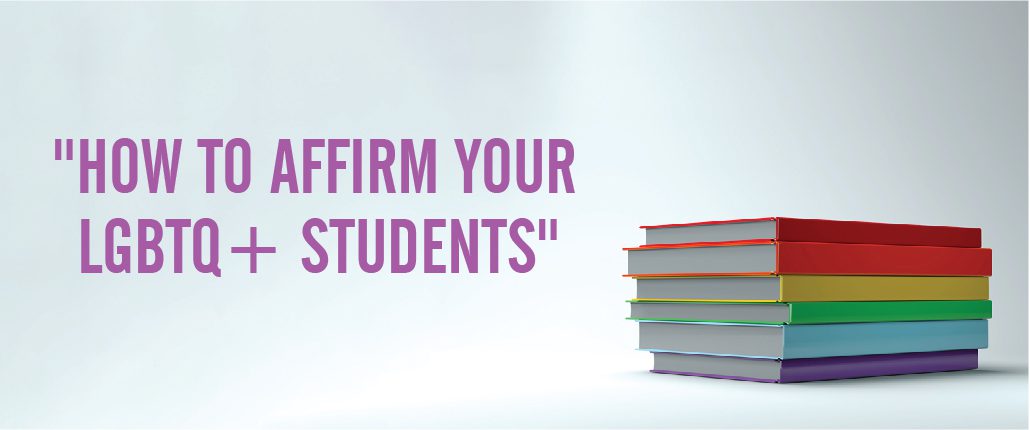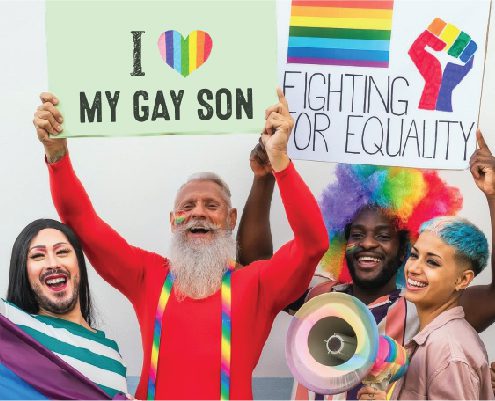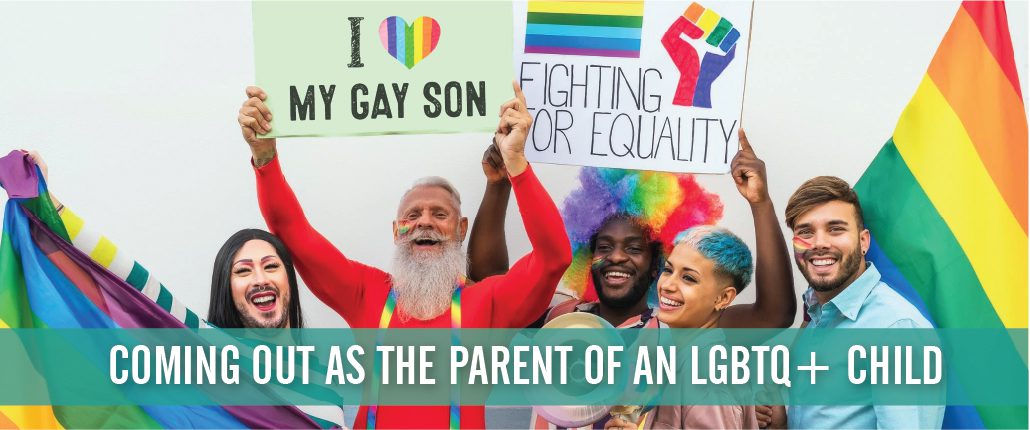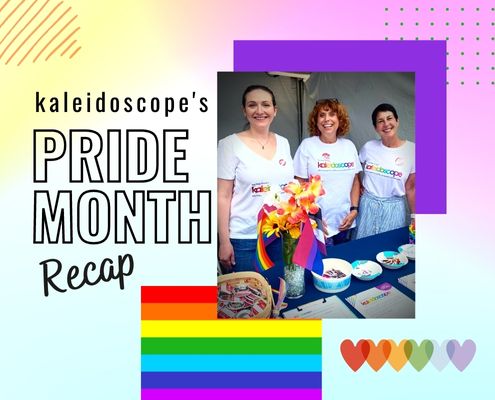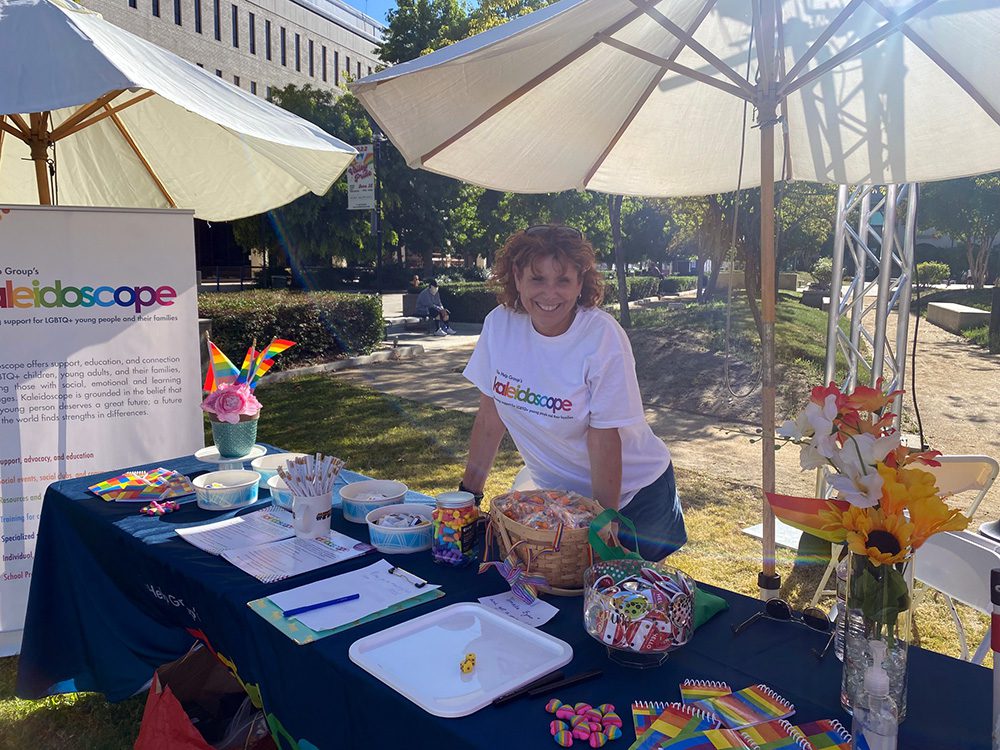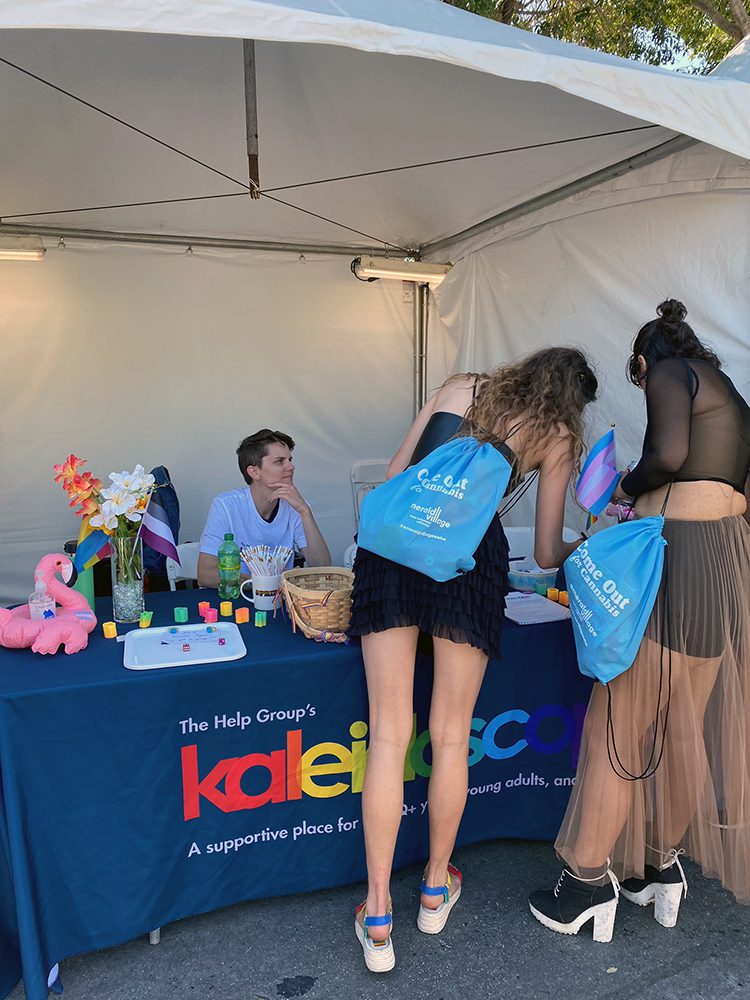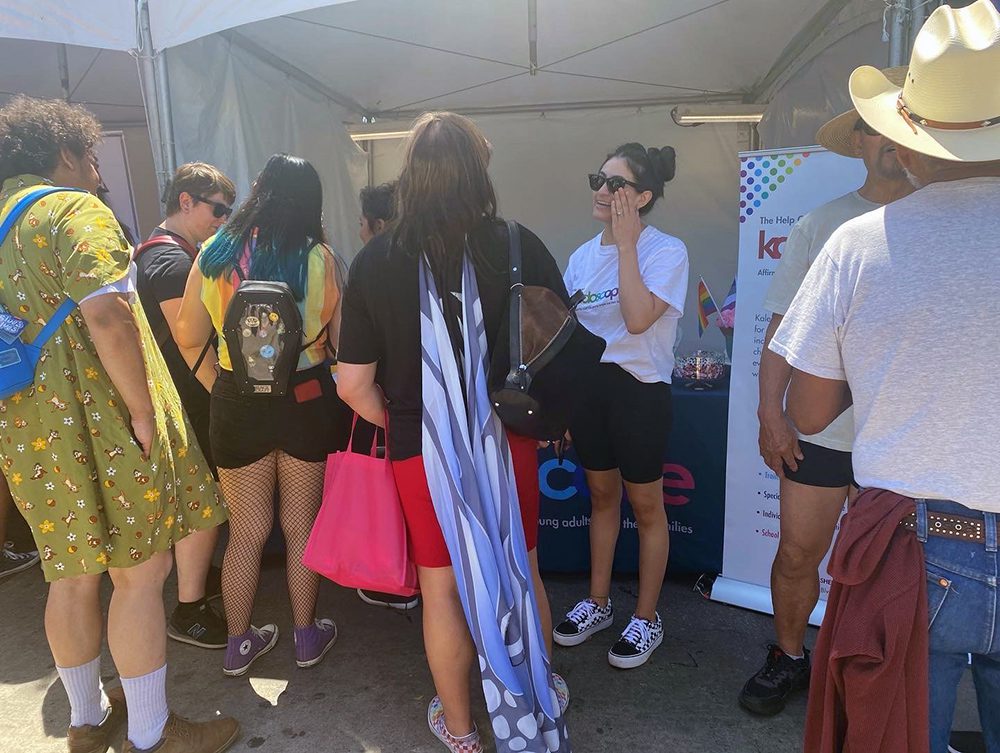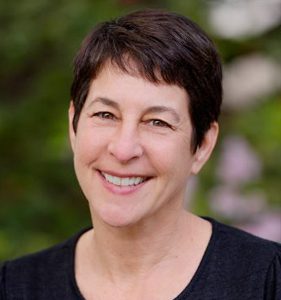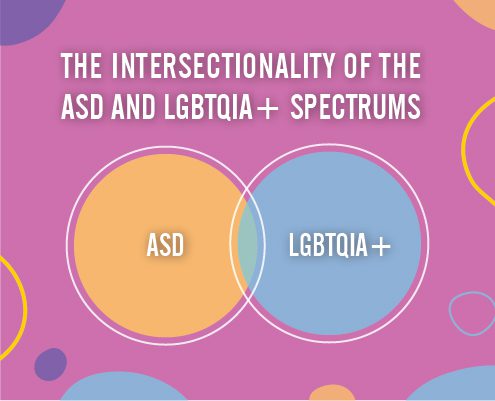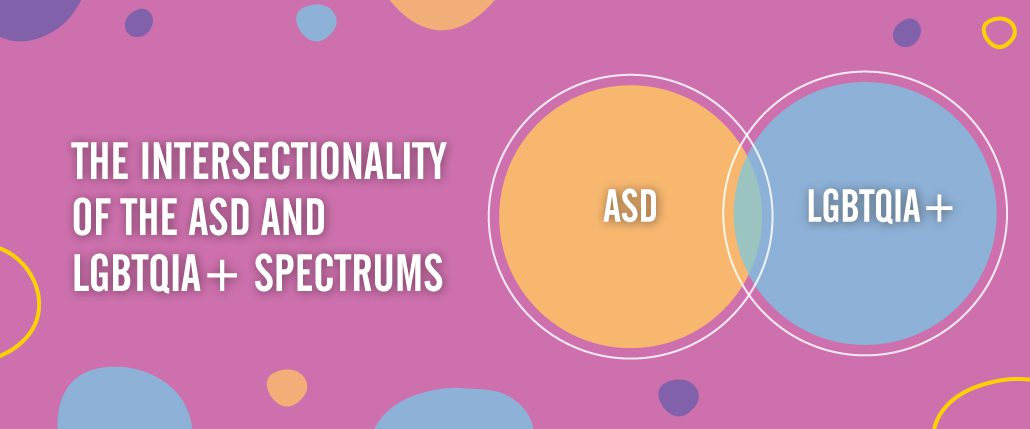Embracing Chosen Family During the Holidays and All Year Round
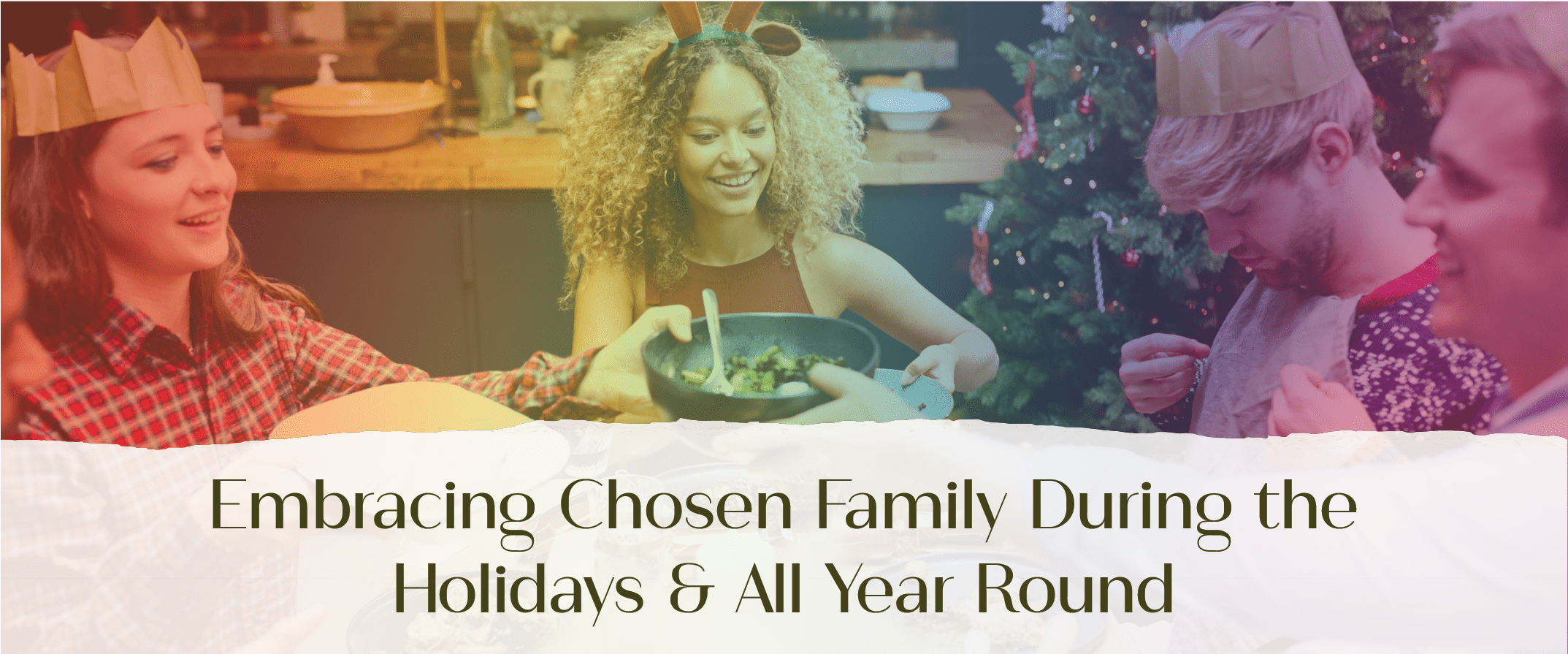
Embracing Chosen Family During the Holidays and All Year Round
By Jay Baldwin
“It’s the most wonderful time….of the year.”
This time of year is typically associated with family gatherings full of celebrations, joy and togetherness. We are inundated by Hallmark movies, TV commercials, and social media posts that would have us believe that everyone should be sitting around a fireplace with their loved ones having the most wonderful holiday celebrations. Not everyone, however, has a family of origin they can or even want to be with for a variety of reasons. An increasing number of people, especially folks in the LGBTQ+ community, opt to surround themselves with their chosen family instead of their family of origin, not just during the holiday season but all year round.
Chosen families are the people we surround ourselves with who love us, support us and embrace us for exactly who we are. For many, they are far more loving and nurturing than the families they were born into. But it’s also important to note that a chosen family does *not* require the absence of a family of origin. Chosen family can exist as a powerful source of community in and of itself, or as an additional source of joy and support in addition to one’s family of origin.
Chosen families in the LGBTQ+ community have existed for decades. For centuries, the queer community has found a way to connect with each other and build systems of support when the heteronormative world was not a safe place to be seen and known. For many LGBTQ+ people who are seeking acceptance and understanding of their full selves, surrounding themselves with likeminded and like-identified folks can transform and even save their lives.
This holiday season, I invite you to think about our LGBTQ+ young people who are still navigating how to come out in their own families, facing rejection, or struggling to find their chosen family. I am proud to be donating to an organization called Transanta that helps deliver gifts to transgender youth in need, safely and anonymously. Transsanta was created because “right now, young trans people, particularly Black and Brown trans youth, are under attack across the country and around the world. The pandemic has exacerbated unsafe conditions for trans youth who are houseless, in foster care, in detention, and in abusive or otherwise unsafe housing situations. Transanta was created to show young people that they are loved, supported, and have a family of people around the world who care about them and want them to succeed.”
No matter what community we are a part of, we all desire and deserve meaningful and supportive connections throughout every stage of life. Whether you identify as LGBTQ+, or as a member of a different community entirely, I invite you to think about the concept of chosen family if you haven’t before, or what it means to be part of someone else’s chosen family. Who have you invited into your life who you consider family, even though you didn’t necessarily grow up with them? What kind of family do you want to surround yourself with and be a part of that you perhaps haven’t before? Whether you are with your family of origin, your chosen family, both, or neither, whether you are celebrating a lot, a little, or not at all, I see each and every one of you, and I wish you all a safe and healthy holiday season.
